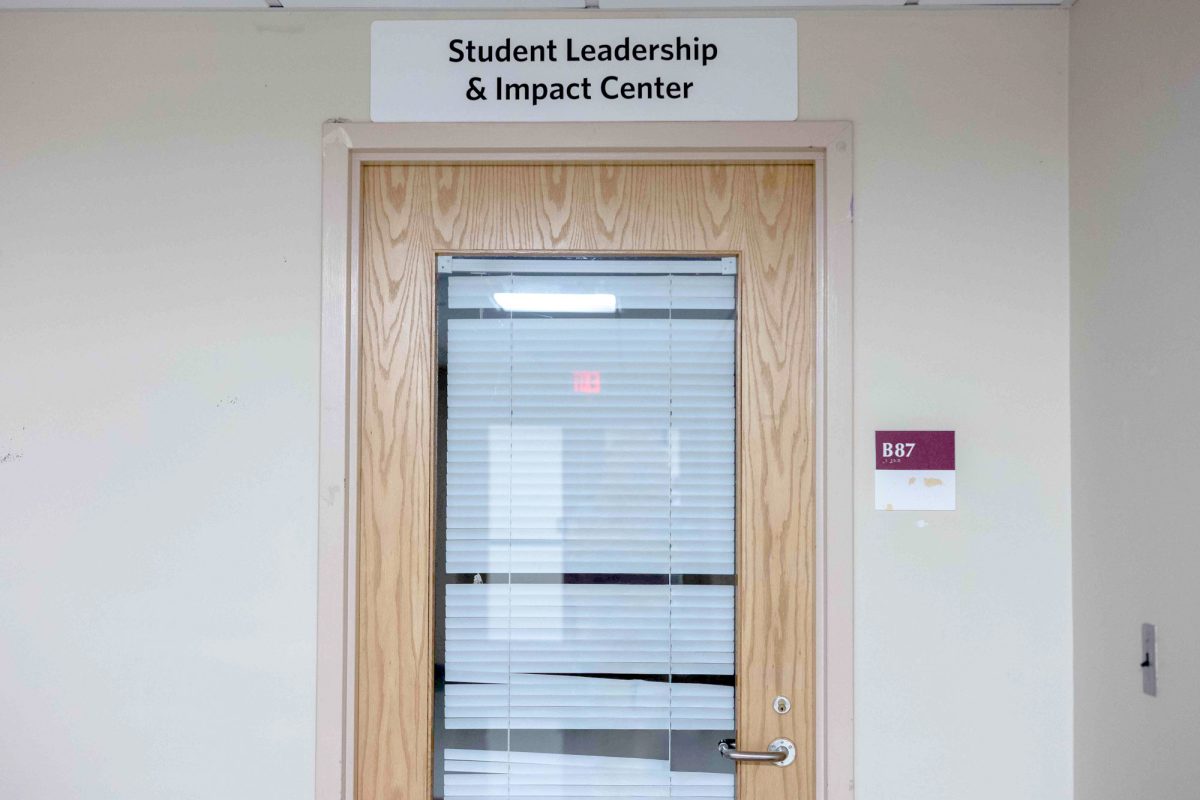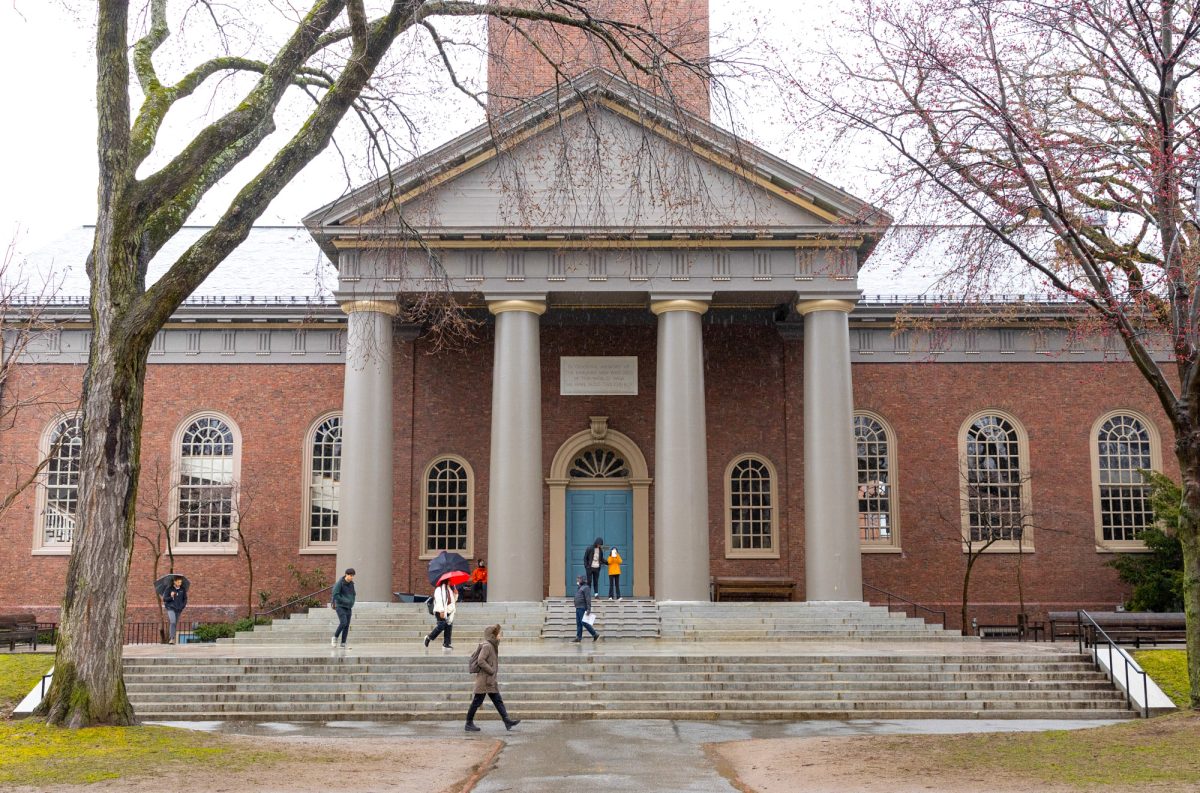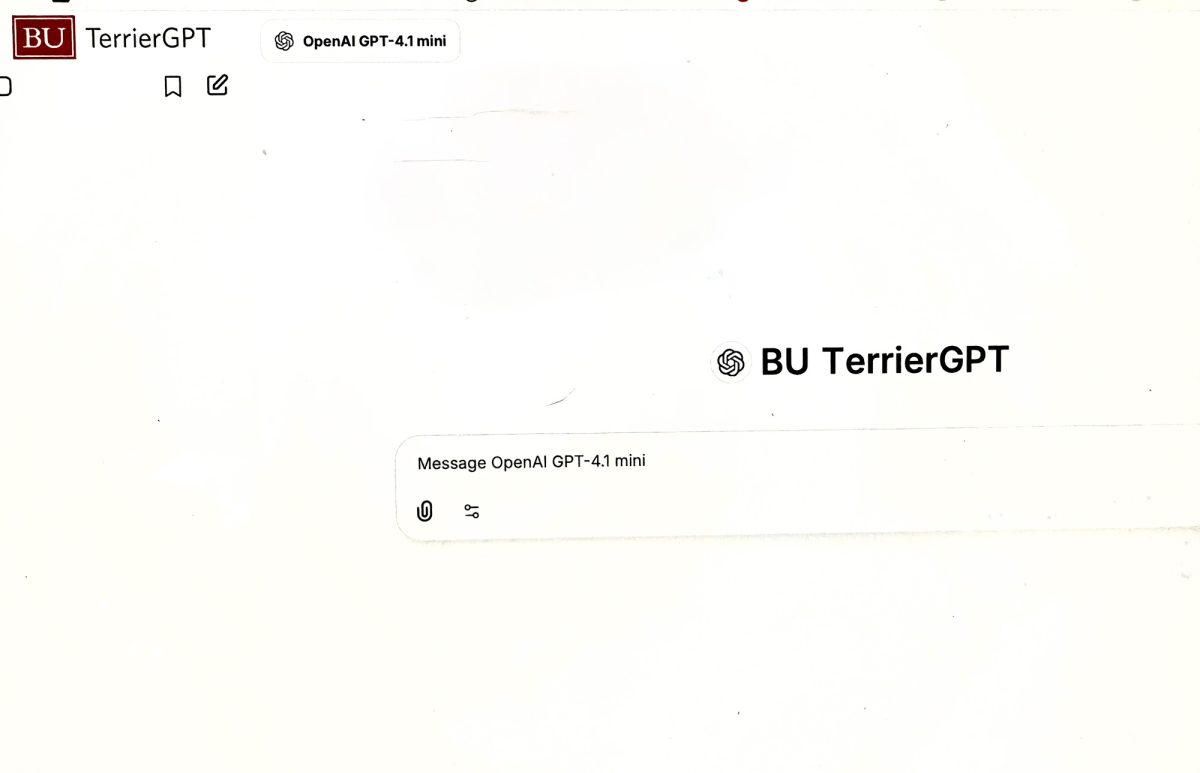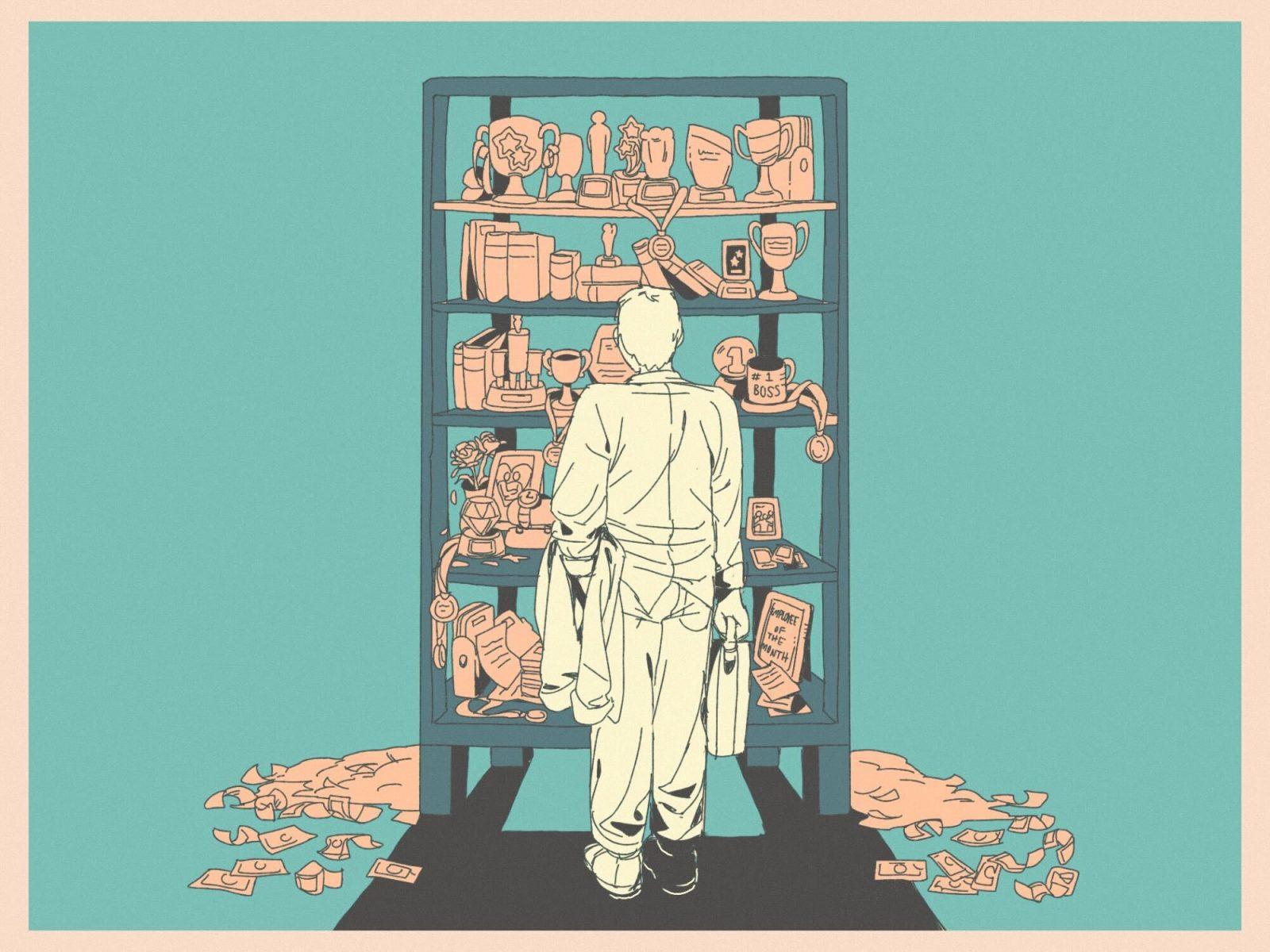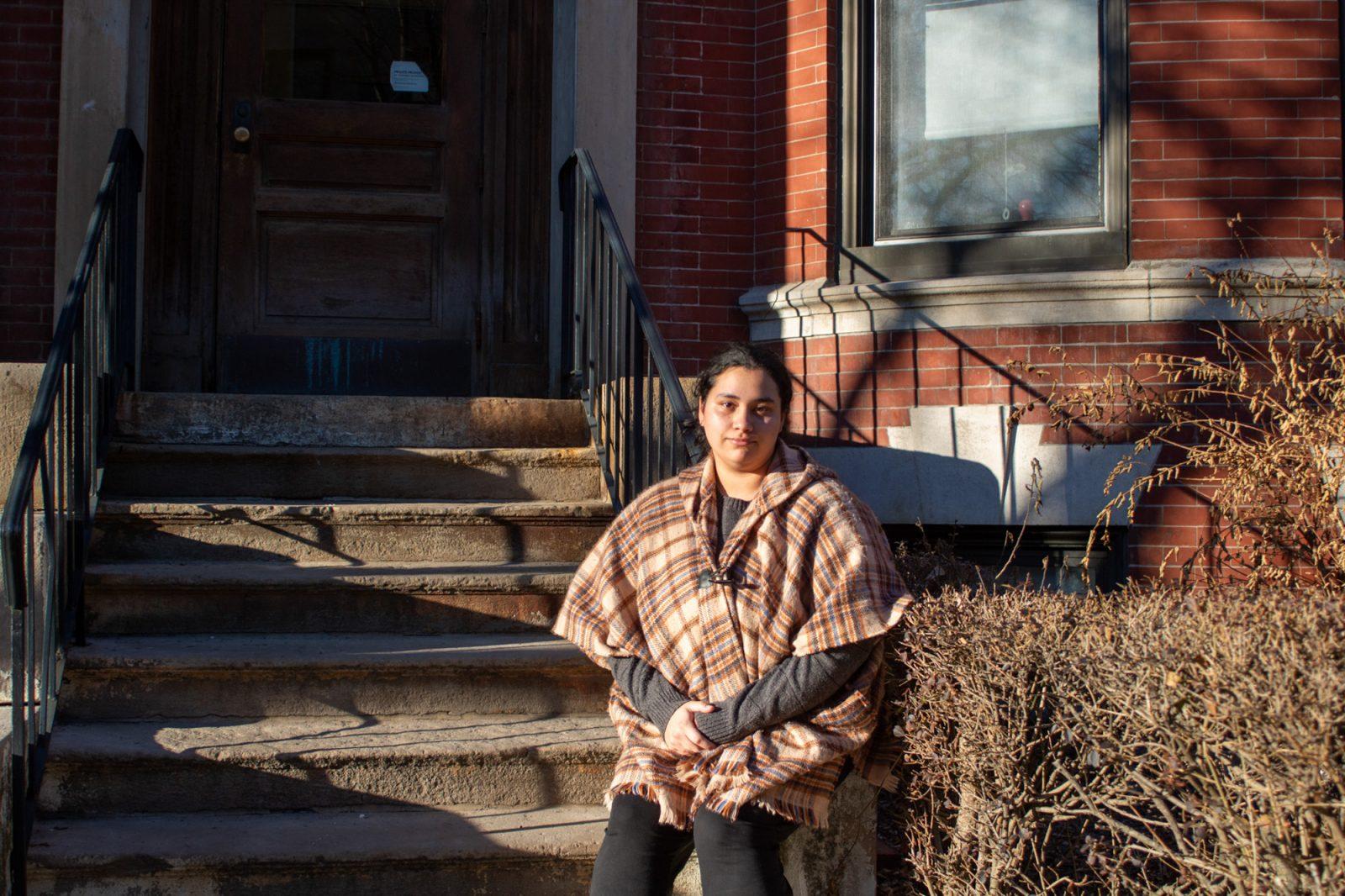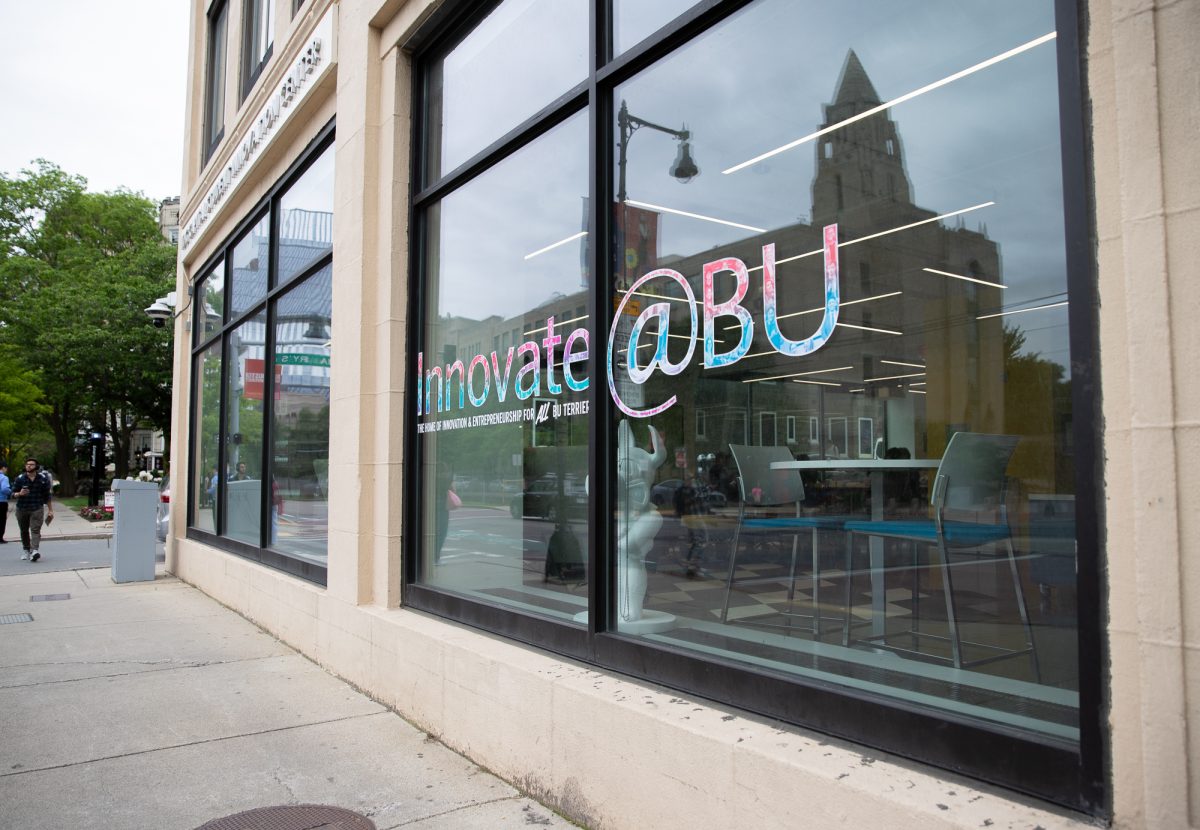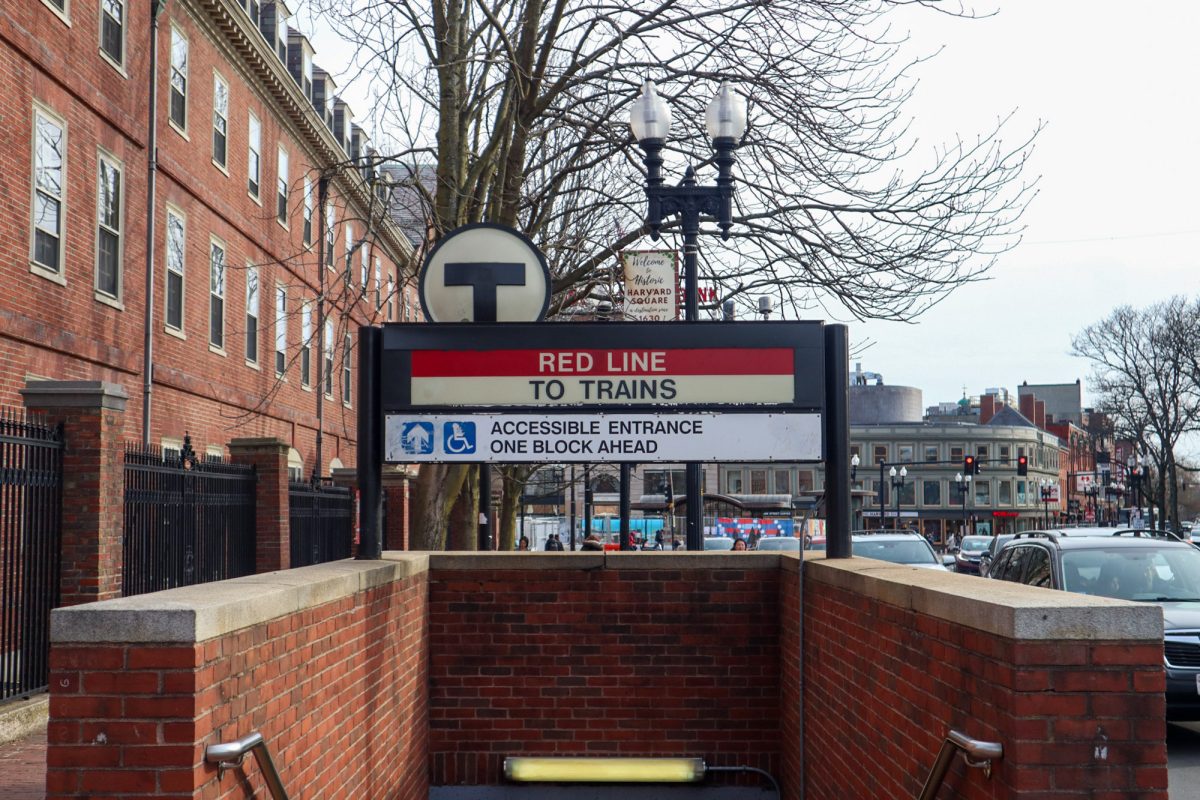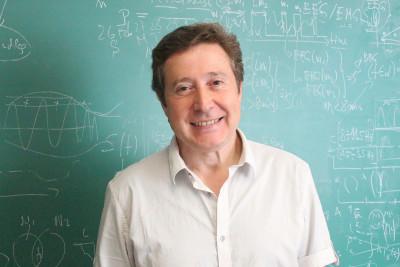
Imagine a world in which people can monitor their health the same way they would check the weather on their phones.
This is the world envisioned by Plamen Ivanov, a professor of physics at Boston University, and the team he leads at the Laboratory for Network Physiology, a project that over the summer was awarded $1 million for medical research from the W.M. Keck Foundation.
“We proposed to Boston University and then to the Keck Foundation to develop an atlas,” Ivanov said, “an atlas of dynamic interactions among organ systems.”
Ivanov and his team call their new field “network physiology.” They hope to derive the underlying mathematical laws behind the way organs interact and communicate with one another. Their research could change practical medicine forever, but, according to Ivanov, it’s important to note that they’re not medical doctors.
“The questions that we want to answer cannot be answered just by medical doctors or physiologists,” said Ivanov. “They requires a certain expertise, a certain way of looking at things that comes from physics, applied mathematics and biomedical engineering.”
Ivanov lamented how little medical research has focused on organ communication.
“What little we know about organ interactions,” he said, “we know about the heart and the lungs. We know your heart rate increases when you hold your breath. That’s it.”
His team is working to apply that kind of data-driven knowledge to every organ interaction in the human body. However, the Laboratory for Network Physiology does not conduct research from a biological framework.
“The traditional biological view is to look vertically, to understand a function from the cells to the tissue to the organ and so on,” Ivanov said. “Now, we want to look at these systems horizontally.”
That means the team spends most of their time recording detailed real-time data from medical monitoring devices, often in critical care units at collaborating hospitals like Massachusetts General Hospital, Brigham and Women’s Hospital, Beth Israel Deaconess Medical Center and many others around the world.
Once they have the data, comprised of every physiological reading imaginable, Ivanov and his team of mathematicians and physicists attempt to apply different computational tools and systems to correlate the actions of one organ to the reactions of other organs.
“A good metaphor would be to imagine an organization, like The Daily Free Press,” said Kang Liu, one of the team’s physicists. “You have different departments that have different functionalities, but they all have to communicate. We’re trying to figure out, just by looking at the finished elements of the newspaper, if there are definitive patterns to when and how organs interact. All we have is data.”
The project is the ultimate culmination of “big data,” taking huge amounts of data and deriving meaning from it. Ivanov said it could even be bigger.
“This is the biggest data,” Ivanov said. “Or, it has the potential to be big, but is not yet available. We’re the first to record it.”
Ivanov made a specific point of mentioning cases of multiple organ dysfunction syndrome, or multiple organ failure.
“People die in critical care, but when they do the autopsy, they find that no single organ is responsible,” he said. “We think we can make it so that in the near future, that won’t happen.”
But multiple organ failure, as the network physiology team described it, might not be a failure of the organs at all.
“Without integration between organs, each organ could be functioning perfectly, but the body would still be dysfunctional,” Ivanov said.
If Ivanov and his team can successfully understand the systems that underlie all organ interactions, multiple organ failure could actually be a thing of the past.
“Eventually,” Ivanov said, “we could develop a platform of medical devices that could synchronously and simultaneously record multiple organs at the same time.”
Such a platform would allow hospital facilities to determine a patient’s condition well before their condition worsens. It could change the way every medical student learns about diagnosis.
The Laboratory for Network Physiology’s funding from the Keck Foundation is a grant that will be given over four years. They have four years to offer their proof of concept — proof that their vision of a mapped physiological network isn’t merely theoretical.
“If we can prove that this atlas is valuable, it will be the first profile of how the organ network changes under different conditions,” Ivanov said. “The most advanced hospitals in the world do not have information about multiple organs at one time. This information could change everything.”
However, until the proof of concept is developed, as Liu said, “all we have is data.”


